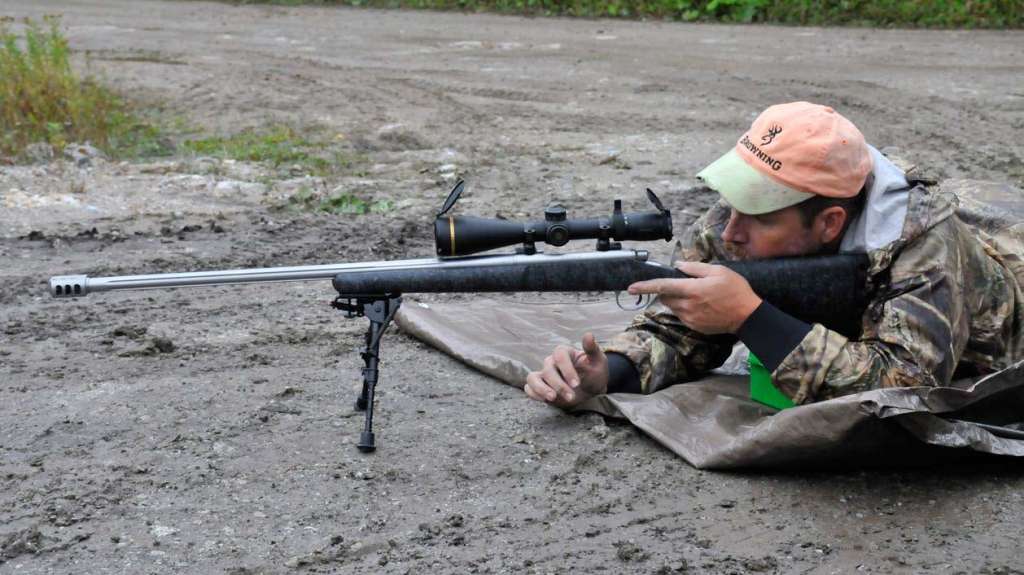Depending on who you talk to, cleaning your guns after use is either the most important thing on earth, or the least. Those that do not clean their firearms regularly are likely the same folks that you will find fighting to remove a seized choke tube while in the blind or wondering why their safety no longer operates correctly on their 10/22. On the other side of the coin are those folks that have never learned how to properly care for a firearm in the first place, so end up using far too much oil, which can cause firing pins to stick (especially in the cold winter months) or damage the crown by running a cleaning rod in reverse (muzzle to breech).
Disclaimer, no two people clean their guns the same way. This is the method that best works for me and I have found it to be highly effective. The longer you shoot and the more time you spend with your firearms, the more likely it is that you will make adjustments that work for you so please consider these as suggestions more than rules set in stone.
The Right Tools For The Job:
Everyone should have the following for each caliber they own:
CLEANING ROD – A cleaning rod allows you to attach a patch via a patch loop or push a patch through via a jag. Patch loops and jags are usually made of brass which is softer than the metal on the inside of your barrel or made from plastic. Either style can work well without damaging your gun.
CLEANING SOLVENT – Firearm cleaning solvents come in many variations, including aerosol or liquid. Some are biodegradable and some are powerful enough to strip paint. I generally use Hoppe’s No.9 Solvent. It is equally adept at removing powder, lead, rust, and metal fouling and honestly the smell of Hoppe’s No.9 Solvent is like coming home. Not that I make a habit of purposely sniffing solvents… but a freshly cleaned firearm really does have a nice smell.
Cleaning Procedure:
For lever action rifles, remove the receiver bolt, lever, and ejector. Wipe down with solvent similar to a bolt action.
Once your bolt, firing pin, ejector and other parts are clean, dry them off and then wipe everything down with a thin layer of lubricant. Or use an aerosol dry lubricant to ensure you are not overdoing it.
A quick note on bore brushes. I would say that you do not have to scrub your barrel every time you use it, but if you are spending the day on the range and putting a few hundred rounds through your gun, then a good brushing out is a smart move.
After you are finished with the brush, you can reattach your jag, wet a patch with solvent and push it though the barrel. You will see that it is quite dirty. Wet another patch and push it through as well. Now, switch to dry patches and push them through the barrel one at a time until they come out clean.
For the trigger set, disassemble as much as you are comfortable with. Wipe what you can get at down with a light solvent, using a q tip to get into tight spots, and then (sparingly) apply oil or DriLube to ensure everything is lubricated.
Like any tool, a firearm is at its best when it’s been well taken care. Invest the few minutes it takes after shooting to give your gun a quick going over to ensure it remains in fine working condition for years to come.
By Noel Linsey

